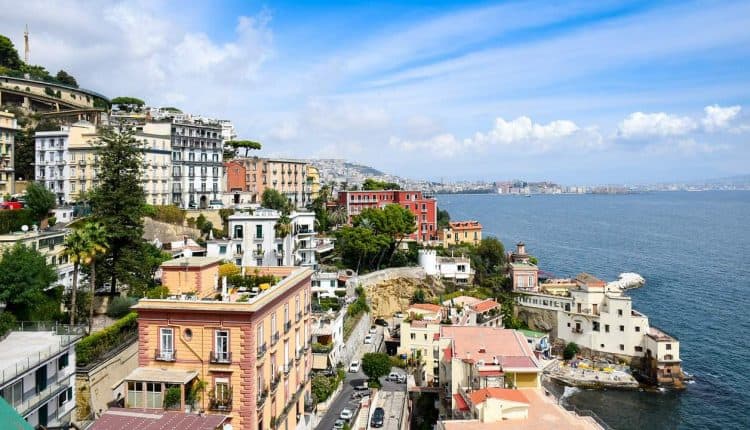What You should Know about Retiring in Italy
Retiring in Italy isn’t as popular as it could be, simply because it is widely believed that the cost of living is too high. However, if you dream of retirement in that enchanting Mediterranean country, consider the fact that living in the countryside may allow you to have your cake and eat it, too. For those who are searching for an Italian retirement, it’s best to first know all about the visa process, best places to live and what there is to see and do there. Here is a brief rundown of what you should know.
Visa Processes
The Italian government requires that you begin your residency process before entering the country, if that is your end-goal. You’d need to contact your local Italian consulate while in your home country to attain the proper documentation. If you want to visit Italy without beginning a residency process – let’s say you want to check it out first, get a feel for life there – you can spend up to 90 days in the country as a tourist.
In order to take full advantage of the 90-day allowed visit, you’ll first have to get a Permit to Stay. This is required within your first eight days in the country. You can gain this permit by taking your passport to the local police authority. If you want to stay longer than 90 days, you can get this extended by obtaining a certificate of residence within the first 20 days. The extension can take one to two months to received, so if you know once you get to Italy that you’ll want to apply for it, you’ll want to do it right away to be on the safe side.
For those retiring in Italy, the next most natural step is to gain the Elective Residence Visa. This visa is the best option for those who wish to live in Italy without working and can live off of a pension. It is applicable for one year, and must be renewed after that.
Where to Live?
Northern Italy is known for being more developed and populated, which is why this part of the country is more expensive than the southern regions. Those who wish to live in or near Rome and/or Milan will feel the sting of the high prices, but not without high reward. Many expats choose these two cities. Rome is the economic center of the country, and therefore is a great place to be if you do plan to work while in Italy. The art, food and culture of Rome are sure to make up for its high prices.
Milan is Italy’s largest city, and the country’s leading financial center. It is also a great place for those who wish to get involved with the economy. Sicily and Soverato are exceptional areas for those who wish to live in the quieter and more affordable southern region of the country. To illustrate the price differences for the cost living, consider that a one-bedroom apartment in Rome’s city center costs an average of $1,108 USD in monthly rent, whereas a one-bedroom apartment in the Palermo city center (on the island of Sicily in the south of Italy) costs an average of about $520 USD per month. Of course, living on the outskirts of either city would also help to cut costs, even drastically in some cases.
Make sure and take a look at the climate of each region when making your choice, as well. In the north, you can live near the Alps, and in the south, you can enjoy island living. There is no shortage of different landscapes and culture to experience.
Retiring in Italy: What to See and Do
There also won’t be any shortage of things to see and do. Italy is full of bucket-list cities, from the Tuscan city of Florence, where you can find masterpieces of Renaissance art and culture to include Michelangelo’s “David,” and da Vinci’s “Annunciation,” to the famous canals of Venice. Milan, Venice, Genoa, Bologna and Rome are all located in the north of the country, and in the central and southern parts of the country you can find the lavish city of Naples, the location of Mount Vesuvius, which destroyed Pompeii, Palermo, capital city of the island of Sicily, where you can find Byzantine mosaics and royal tombs and Bari, a harbor town located on the coast of the Adriatic Sea, which houses a wide array of 19th century architecture and a key pilgrimage site from the 11th century.
I hope you enjoyed reading: What You should Know about Retiring in Italy. If you have any questions, please contact our office HERE.
Additional Reading
Enjoy these articles by Escape Artist.
Top Strategies For Getting Residency In Italy
5 Of The Most Popular Expat Destinations In Italy
If you’d like to learn a little more about France, please read: What You Show Know Before Moving to France
Like Our Articles?
Then make sure to check out our Bookstore... we have titles packed full of premium offshore intel. Instant Download - Print off for your private library before the government demands we take these down!






